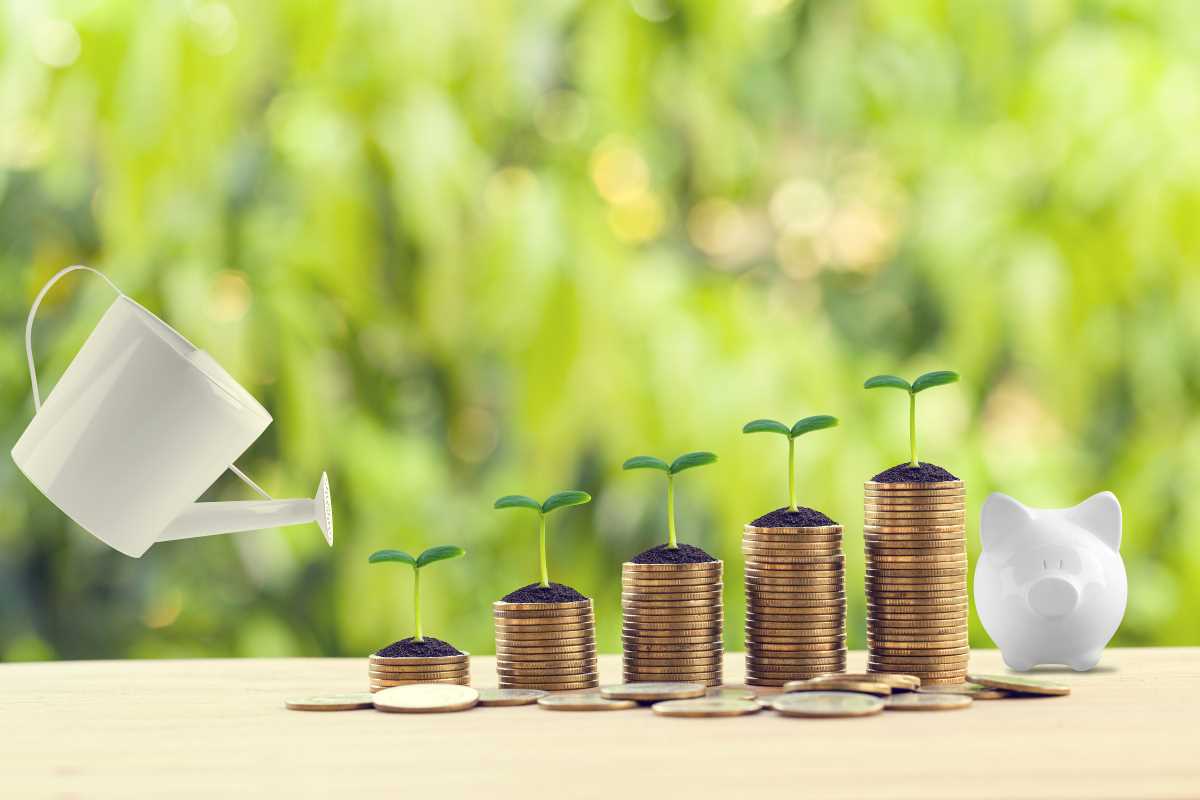Investing in a 401(k) or IRA can feel a bit like planting a garden. At first, it’s just dirt and seeds, but with time, care, and the right strategies, it can grow into something lush and fruitful. These accounts are the workhorses of retirement savings, designed to help you build wealth over the long term with significant tax advantages. But, just like with gardening, getting the best results requires thoughtful planning.
If you’re ready to maximize your 401(k) or IRA, this guide offers creative strategies to make the most of these essential tools. From choosing investments to boosting contributions, here’s how to cultivate your retirement savings and watch them thrive.
401(k) vs. IRA: What’s the Difference?
Before we dig into strategies, it’s important to understand the differences between the two. Think of your 401(k) as a greenhouse supported by your employer, while your IRA is a personal garden under your control. Both have unique features designed to help your savings grow.
- 401(k): This employer-sponsored plan lets you contribute pre-tax (or after-tax, for Roth 401(k)s) income. Contributions are typically higher than those allowed for IRAs, and many employers offer a match, which is essentially free money for your retirement.
- IRA (Individual Retirement Account): An IRA is like a DIY retirement plan. You set it up yourself, and you have a broader range of investment options compared to a 401(k). Contributions can be tax deductible (Traditional IRA) or tax-free upon withdrawal if you choose a Roth IRA.
Whichever account you’re using (or both!), maximizing their potential requires a strategic approach.
Maximize Contributions Like a Pro Gardener
Just as a full garden bed produces more vegetables, maximizing contributions ensures your retirement account grows robustly. Here’s how to make sure you’re not leaving any soil unplanted.
1. Start Early and Stay Consistent
When it comes to retirement investing, time is your best friend. The earlier you start contributing, the more time compound interest has to work its magic. Even small, regular contributions can snowball into a significant portfolio over the years.
Example
Imagine you contribute $6,000 annually to your IRA starting at 25. By 65, with an average 7% return, your account could grow to over $1.3 million. Wait just 10 years, and that number drops to around $654,000. Starting early is like planting your seeds in spring for maximum growth.
2. Prioritize Employer Matches
If your employer offers a match on your 401(k) contributions, consider it the golden fertilizer for your financial garden. Failing to take advantage of this is like leaving free vegetables on the table.
- Example: If your employer matches 100% of your contributions up to 5% of your salary and you’re earning $60,000 annually, that’s an extra $3,000 every year. Don’t leave this match on the table!
3. Incremental Contribution Growth
Not ready to max out your 401(k) or IRA? No problem. Start small and increase contributions gradually. Many 401(k)s allow you to automate annual increases, which can keep your savings on track without feeling the pinch.
- For a creative twist, try syncing contribution increases with life upgrades. Celebrate a raise or bonus by bumping up your retirement savings!
Choose Investments That Complement Each Other
Throwing random seeds into your garden might give you a chaotic mix of flowers, weeds, and maybe a vegetable or two. Similarly, your retirement accounts need thoughtful diversification to truly flourish.
1. Diversify Thoughtfully
Spread your investments across asset classes, such as stocks, bonds, and mutual funds. Diversification reduces risk by ensuring you’re not overly reliant on any single investment.
- Creative Analogy: Think of your portfolio as a balanced meal. Stocks are like the protein (growth-focused), bonds are like vegetables (stable and reliable), while cash equivalents are the dessert (low risk but offers a buffer). A healthy mix keeps your financial diet balanced.
2. Opt for Target-Date Funds
If the idea of building a portfolio feels overwhelming, target-date funds can plant it all for you. These funds automatically adjust the asset allocation as you get closer to retirement, making them great for a hands-off approach.
- Pro Tip: Double-check the fees. Low fees mean more of your growth stays in your pocket.
3. Don’t Forget Rebalancing
Financial markets don’t sit still. If you don’t tend your investments periodically, your portfolio’s asset allocation could drift away from your original plan.
- Action Step: Rebalance annually or semi-annually to bring your allocations back in line. For instance, if you started with 70% stocks and 30% bonds and a market surge shifts it to 80/20, it’s time to prune and rebalance.
Avoid Fees That Rot Your Portfolio
Excessive fees can erode your long-term gains, much like pests gnawing at your garden.
- 401(k) Fees: Ask your HR department for a summary of your plan’s fees. If they’re high, consider lobbying for more cost-effective options or utilizing an IRA for additional savings.
- IRA Fees: Look for low-cost providers like Vanguard or Fidelity, which specialize in affordable index and mutual funds.
Align Your Strategy with Long-Term Goals
Gardening isn’t just about growing pretty flowers; it’s about cultivating something you can enjoy for years to come. Similarly, your 401(k) and IRA strategies should align with your vision for retirement.
1. Define Your “Retirement Look”
Do you picture yourself traveling the world, running a small business, or relaxing in a beach house? Your vision will determine your investment priorities.
2. Set Milestones
Break your retirement timeline into smaller financial milestones. For example:
- By 40, aim to have 2x your salary saved.
- By 50, increase that to 4–5x your salary.
- These benchmarks help you stay on course.
3. Continue Investing Wisely After Retirement
Retirement doesn’t mean burying your investments. Consider strategies like withdrawing the minimum required distributions (RMDs) from your 401(k) or keeping some funds in equities to outpace inflation.







